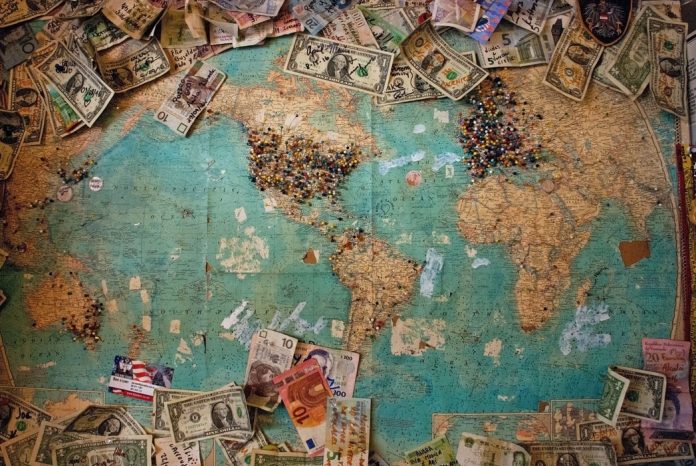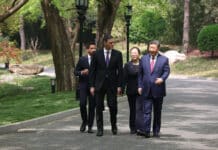Currently, President Trump has levied tariffs on Chinese imports. This move has led to concerns in several other countries and international organizations. According to Stephen Woolcock, the tactics inherited by Trump can be explained in 4 different ways, revising the rules imposed on trade, securing a better deal for US exports, accelerating a crisis for pushing new agreements, and counter China as the burgeoning economic power.
Irrespective of the reason behind this new approach of Trump, we might be entering into a time where US trade leadership policy is a thing of the past.
The steps which were considered to be threatening to the global trading system by several international organizations, Trump Administration this summer threatened or imposed a tariff on imports of aluminum, steel, cars, and the tariff on importing products from China.
This move has been taken to an initiative to boost support of multilateralism, as the cooperation within friends of multilateralism which is a group of member countries from the World Trade Organization.
The statements that called to bolster support for materialism and strengthening the international economic cooperation from WTO, International Bank for Reconstruction and Development Monetary Fund, the International Bank for Reconstruction, and Organization for Economic Co-operation and Development also shoe concern regarding the radical deviation towards unilateralism in the United States trade policy. This shift can be understood through four different explanations.
Doing the Deal
The first impression of the move takes President Trump as ensuing political objectives by putting in the effort on the campaign and securing a better deal for the United States. The analysis shows that the trade policy of the US is shaped by political utility instead of economic rationality. What the deal contains is not that important but it needs to appeal to the political base of President Trump and his instinctive classical list of the merchant, view of the world.
Revising the Rules
It sees the US as responding to unilateralist which is an approach that is more power-based for trading with the help of fair trade as defined US definition in the 1980s for addressing the trade-deficit they have with Japan.
In the US Administration for making use of the discretionary power under US trade law like Section 232 Trade Expansion Act of 1962 that allows protection in regards to national security or the Section 301 that is the legal base for the tariff against the imports of China on grounds that latter disregarded the intellectual property rights.
In case the rules of WTO get in the way then it will have to be changed. For instance, the United States is blocking the appointment to Appellate Body and threatening to underestimate the efficaciousness of WTO dispute settlement as the Obama Administration undermined Chapter 20 for NAFTA’s dispute settlement when the decision was taken against the United States. All these can affect the world trade and Avatrade can tell how to profit from it.
The present US trade policy can be taken as the need to respond to China emerging as a primarily political and economic competitor. The more subtle view of China which prevailed during the 1990s and 200s gave way to take China as a prime threat to the US. You will see an economic statecraft element and thus, it leads to strategic thinking.
Author Bio
Jack France is a trade consultant who has been working in this industry for four years now. He also maintains his own financial blog.





